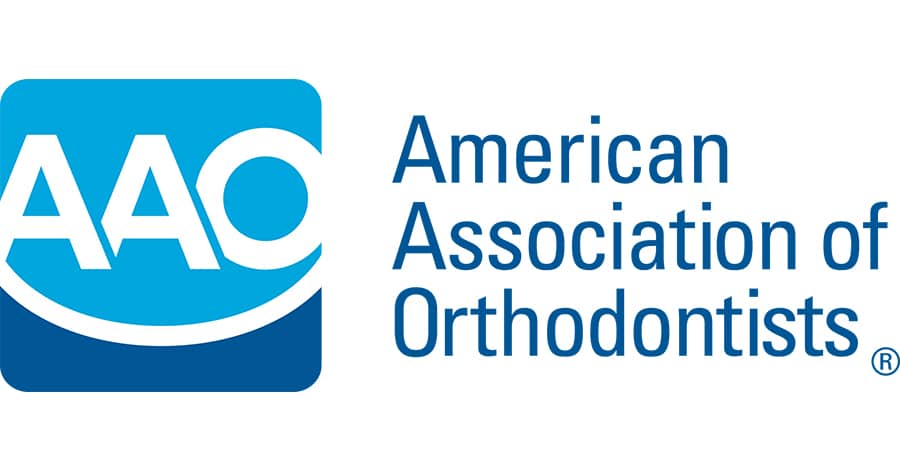What is airway orthodontics?
Dr. Hulme and his team believe orthodontics is much more than just straight teeth and a beautiful smile – it’s about helping our patients live a healthier and better quality life. We understand that oral health is directly related to overall long-term systemic health and that’s why we focus heavily on the airway as part of our diagnostic process. Certain oral habits and jaw deformities can lead to Obstructive Sleep Apnea (OSA) and Sleep Disordered Breathing (SDB). Airway orthodontics refers to certain orthodontic treatment methods, such as expanding a patient’s airway, in order to treat OSA and SDB.
What is Obstructive Sleep Apnea (OSA) and Sleep Disordered Breathing (SDB)?
Obstructive sleep apnea is a prevalent sleep disorder occurring when the throat muscles, such as your tongue and soft palate, temporarily relax and block your airway sufficiently that breathing is momentarily cut off. It causes you to repeatedly stop and start breathing while you sleep. This can lower the amount of oxygen in your blood and cause a buildup of carbon dioxide. It also triggers the release of cortisol (the “stress hormone”) which causes an increase in your heart rate and blood pressure. Although you don’t actually wake, you can experience snoring, choking or gasping as often as 5-30 times per hour all night long.
These disruptions impair your ability to reach deep, restful phases of sleep and is hard on your body – like running a race all night long. Your body is forced into chronic stress mode and you wake up feeling exhausted, irritable and fatigued. You can suffer from headaches, anxiety, depression, and weight gain. Children with OSA often perform poorly in school, have difficulty paying attention and suffer from learning or behavioral problems. More importantly, studies show a direct causal relationship between OSA and hypertension (high blood pressure), suppressed immune response, cardiovascular disease and diabetes.
Symptoms of OSA and SDB
- snoring
- pauses of breathing
- mouth breathing
- short attention span, hyperactivity or ADD/ADHD
- restless sleep and drowsiness during the day
- snorting, coughing, choking
- nighttime sweating or bed wetting
- poor weight gain
- sleep terrors
- behavioral and learning problems
Causes
- Obstructive tissues (enlarged tonsils and adenoids)
- Lack of room for the tongue (narrow jaws, recessive upper or lower jaw, tongue-tied)
- Obesity (mainly for adults)
Treatment
- reduction or removal of obstructive tissues (remove tonsils and adenoids to achieve nasal breathing)
- growth-oriented orthodontics (maximize the skeletal growth potential with jaw expansion and/or advancement to increase upper airway volume and tongue space)
When to assess and treat?
It’s important to treat as soon as you are aware of the problem! Many of the growth modification techniques we specialize in for children are best suited to begin as early as age 6 or 7.
Contact our office today for a complimentary consultation




